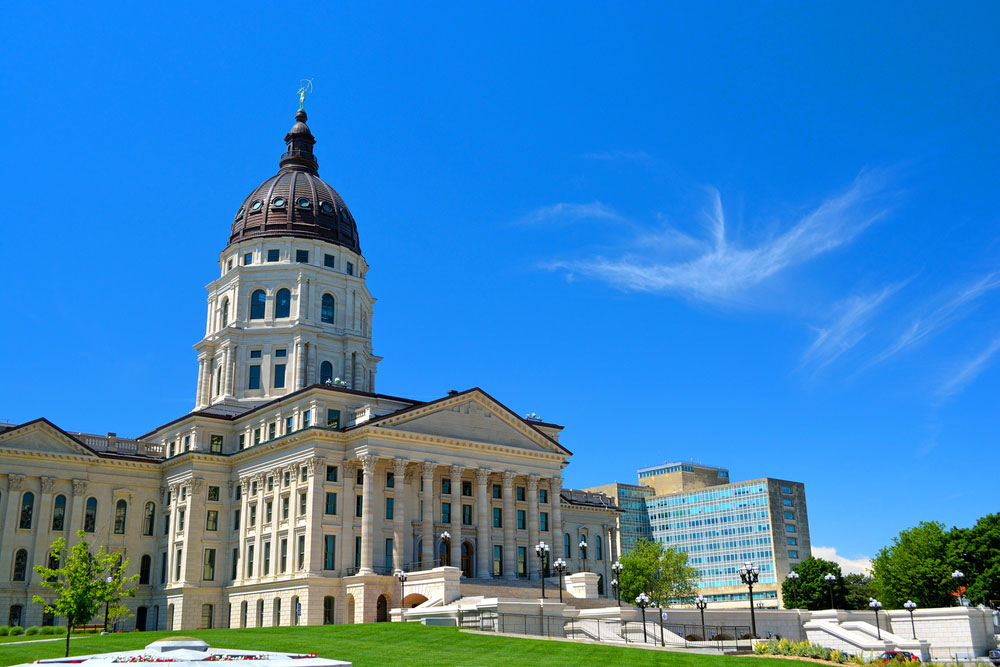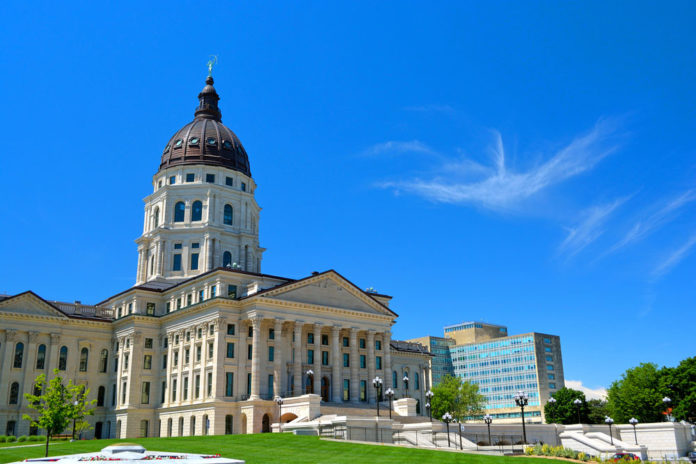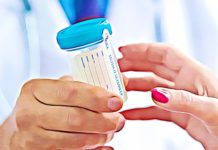Last week, Gov. Colyer announced a new plan to increase substance abuse treatment and prevention measures in Topeka and other Kansas cities.
Approximately $30 million in federal grants have been awarded to different state agencies.
In a press release, Colyer — who also earned a medical degree from the University of Kansas — stated that the health of Kansas residents is a main concern and that the monies provided will specifically target the state’s opioid crisis.
Colyer has requested that agencies determine specific ways grant funds can be used to improve substance abuse treatment and intervention approaches.
The Kansas Department of Health and Environment (KDHE) and the Kansas Department for Aging and Disabilities Services (KDADS) have already designated ways in which to use funds.
KDHE was awarded more than $2.4 million in grant funds. The department plans to allocate $1 million toward bolserting community health organization efforts. The remaining amount will be used for various projects including developing a naloxone survey to determine if law enforcement officers are properly equipped in the event of an overdose; improving emergency medical services personnel training; educating local health department staff to utilize the Substance Abuse and Mental Health Services Administration’s ‘Screening, Brief Intervention and Referral to Treatment Services’ model; and expanding partnerships between the state Department of Corrections and local addiction treatment centers to offer medication-assisted treatment (MAT) for individuals in the state’s prison system, in accordance with Senate Bill 123 from 2003.
KDADS was awarded more than $4 million and plans to increase access to telehealth services in Southern and Western Kansas; open additional Oxford Houses that provide residents with a sober-living environment; foster relationships with American Indian tribal leaders to ensure improved access to substance abuse treatment services.
In order to help coordinate local and state efforts, Colyer appointed Dr. Greg Lakin as the State’s Central Authority on Substance Use. Lakin also serves as the KDHE State’s Chief Health Officer. Lakin’s nomination was recommended by the Governor’s Substance Disorders Task Force, which was established in March to address gaps in addiction treatment and prevention.
Last month, the task force released a report detailing its recommendations. Some of these included distributing prescribing guidelines to students and healthcare providers; promoting safe disposal of unused opioid medications; removing insurance pre-authorizations for MAT services and seeking waivers for ‘Institutions of Mental Disease’ Medicaid exclusions for behavioral health and substance abuse treatment facilities.
According to a KDHE report, 310 drug-poisoning deaths occurred in the state in 2016 and over 1,330 drug-poisoning fatalities were recorded between 2012 and 2016. KDHE officials noted that prescription opioids have been the leading cause of drug-related deaths in the state since 2005. Heroin, methamphetamine and benzodiazepine overdose deaths have been increasing since 2010.
In April, the governor supported the U.S. Drug Enforcement Administration’s 15th National Prescription Drug Take Back Day. Nearly 950,000 pounds of medication were collected at over 5,800 sites across the country. More than 17,200 pounds were collected at 110 sites in Kansas. Since the launch of the initiative, Kansas residents have turned in more than 148,200 pounds of prescription drugs.

















